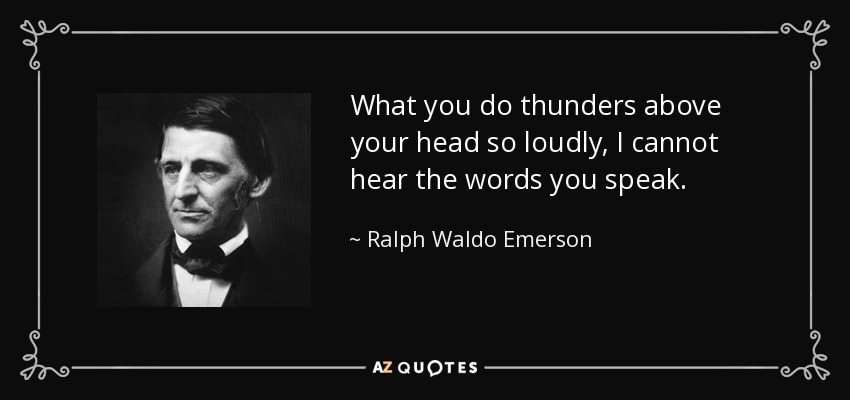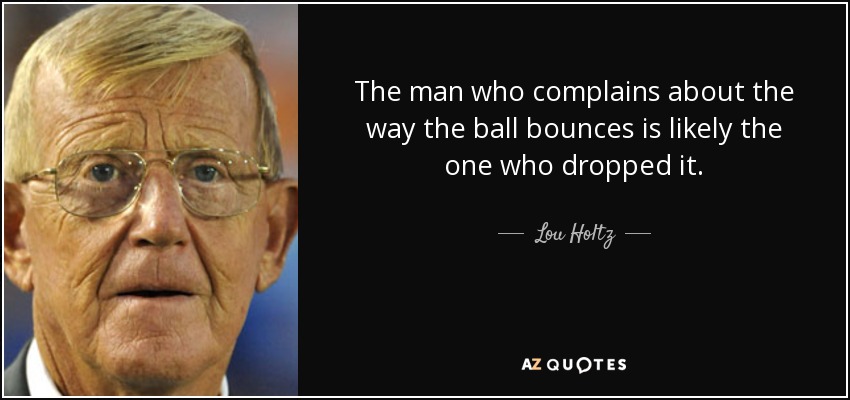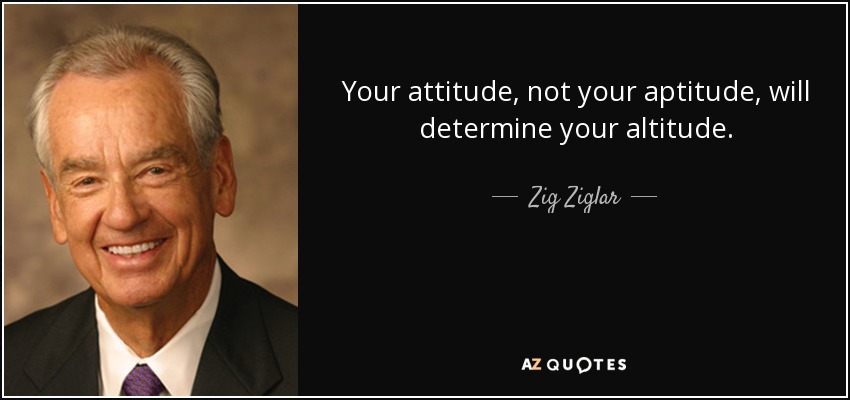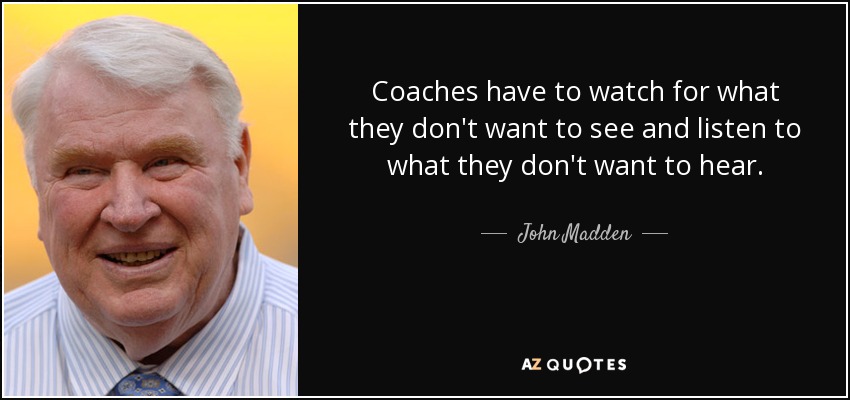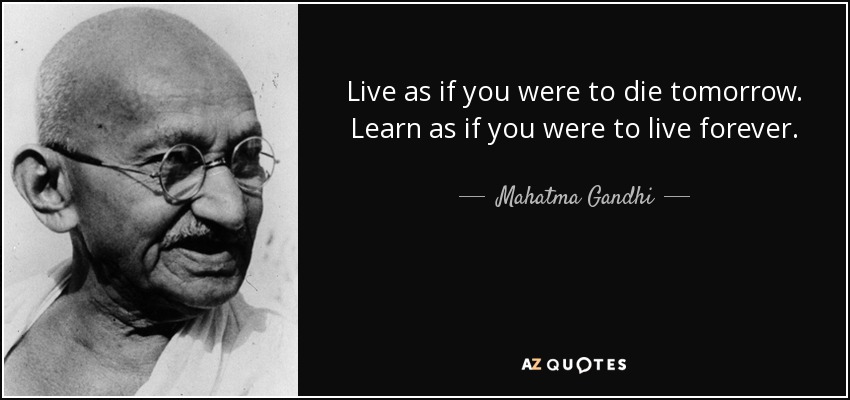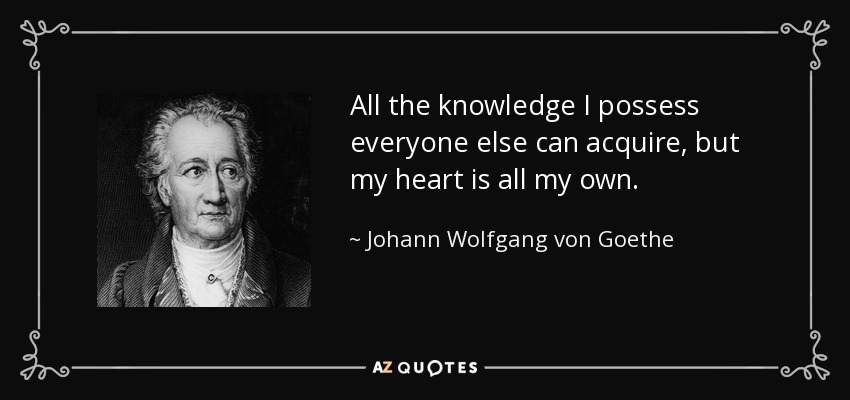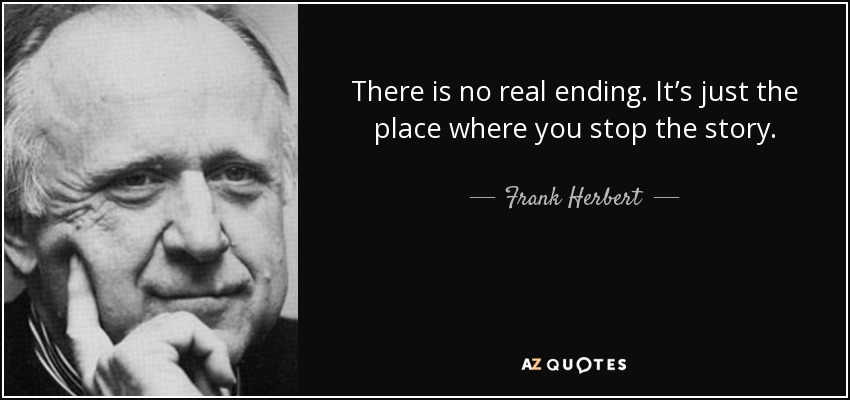Click here to return to Blog Post Intro
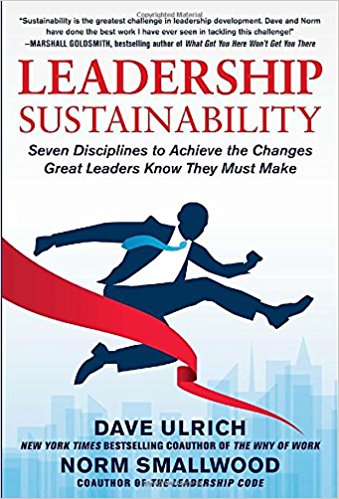
Ulrich and Smallwood suggest a very simple purpose for their book: to help leaders sustain the changes that they know they should make—that is, to support leadership sustainability.
Imagine this: A group of turkeys attend a two-day training program to learn how to fly. They learn the principles of aerodynamics, and they practice flying in the morning, afternoon, and evening. They learn to fly with the wind and against it, over mountains and plains, and together and solo. At the end of the two days, they all walk home.
The same thing happens with leadership development. About 20 percent of all training dollars go for leadership development and management and supervisory training, making this the largest single area of investment. Some argue that knowledge transfer for this investment is as low as 10 percent! Ulrich and Smallwood estimate that 20 to 30 percent of ideas learned in leadership training actually turn into practice. Leadership sustainability occurs when leaders take personal responsibility for ensuring that they do what they say they will do, with beneficial results.
In a previous book, Leadership Code, Ulrich and Smallwood capture the five rules of leadership that encompass the essence of leadership:
1. Shape the future. Strategists answer the question, “Where are we going?”
2. Make things happen. Executors focus on the question, “How will we make sure we get where we want to go?”
3. Engage today’s talent. Talent managers answer the question, “Who goes with us on our business journey?”
4. Build the next generation. Human capital developers answer the question, “Who stays and sustains the organization as newcomers join it?”
5. Invest in yourself. At the heart of the leadership code—literally and figuratively—is personal proficiency.
All leaders must excel at personal proficiency. Without the foundation of trust and credibility, you cannot ask others to follow you. Effective leaders often have one towering strength. Most successful leaders have at least one of the other four roles in which they excel.
Leaders matter. Leadership matters more. Leadership sustainability matters most. Do not walk home.
To describe the seven disciplines leaders need for sustainability, Ulrich and Smallwood use the mnemonic START ME. They argue that for all of us, sustainability starts with me.
Simplicity
Finding simplicity is one of the hardest things that effective leaders need to do. Companies like Southwest Airlines and Apple—in the midst of compelling and competing priorities—have leaders who maintain a simple focus on what’s most important. Without that focus, managers are too often rewarded for lots of activity rather than for making sure that the activity is focused on the right things—they rush about, busy as an ant in an anthill, while the mountain of things that need to be done stays put.
Thomas Kurian, Executive Vice President of Oracle Product Development, describes simplifying complex work into doable tasks by taking three actions:
1. He sets clear priorities to remove ambiguity about what’s important.
2. He targets a few big bets about the future and then builds toward them.
3. He builds a virtuous cycle around the seven disciplines in this book: simplicity, time, accountability, resources, tracking, melioration, and emotion.
Karl Weick, a brilliant organization theorist from the University of Michigan, writes, “Chaotic action is better than orderly inaction.”
Focus on What Matters Most
When you have too much to do, don’t try to do it all. It is important to learn how to focus on a few critical ideas. Sometimes, we need coaches to ask up to five “why’s” to define the underlying problem that needs to be addressed.
When Starbucks grew rapidly in the 1990s, many employees were overwhelmed by the growth pressures. Leaders instituted institutional habits for baristas called the LATTE method: listen, acknowledge, take action, thank the customer, and explain why the problem occurred.
Leaders can ensure a simple, common agenda by telling stories that make heroes out of your people who take action consistent with what you want to be known for. To reduce clutter, we suggest using the one-page memo tool. Each one-page memo has five parts:
1. The idea: A one-sentence proposal about what is desired.
2. Background: What conditions have led you to this recommendation? This is the basis for discussion, so it must be nondebatable facts.
3. How it works: The details: What, who, when, where, and how?
4. Benefits: The why of the idea. There are typically three benefits: The recommended action is tied to the business strategy. It’s already proven in a test market or in another business unit. It is profitable. The strategy linkage demonstrates that you are doing the right thing. The second and third benefits demonstrate that you are doing things the right way—you’re effective (proven to work) and efficient (profitable).
5. Next steps: Who has to do what and by when?
If you want to ensure simplicity, pilot one-page memos with your team or in your organization.
Time
For leaders who want to sustain their desires and make change happen, time means that the future is not bound by the past and that behavioral cycles can be consciously modified. Time becomes a key discipline for sustainability because leaders who want to demonstrate a new behavior or create a new pattern of behaviors can do so only by being intentional about their use of time.
Time is both a linear concept (yesterdays, todays, and tomorrows) and a circular concept (days, seasons, and other patterns). Ultimately, leaders speak with their actions more than with their words, with their hands more than with their voices, and with their feet more than with their rhetoric.
Leaders always have a mirror in which to view themselves (check out my first post about your most powerful leadership tool), a mirror that will replace hypocrisy with credibility: the calendar. A calendar reflects what we do and not what we say, and it offers an honest look at our priorities, both past and future.
Many people take an annual physical to check if they are healthy and fit. Leaders should do an annual calendar check to see if their public and strategic intentions are consistent with their private and daily actions.
To ensure progress and gain a quick win, try the 15-minute drill. If you want to make a commitment to a desired change, what will you do in 15 minutes in the next few days to show that you are committed to this new behavior? Anyone can find 15 minutes per day over the next two or three days if they have any interest at all in changing.
Leaders should practice their desired behavior every day for 21 days to change their routines. Leaders need to practice their new behavior every day, and it works best if they do the behavior at the same time every day. Leaders should also write their expectations to document how they are doing and what they are learning. Putting intentions into writing increases self-reflection, which reinforces the ideas and promotes learning.
Create time consistency through the “Four 3s.” The four 3s help leaders’ time to become a consistent reflection of their intentions:
• 3 hours – What can I do in the next 3 hours to demonstrate my desire to change?
• 3 days – In the next 3 days, how will my calendar reflect my intentions?
• 3 weeks – How do I maintain my new behavior for 21 days?
• 3 months – How does my new behavior become an expectation others have of me?
Accountability
Peter Loescher, CEO of Siemens, explains that on his first day in office, he changed the existing bureaucratic committee structure and sponsored the “CEO principle,” which guides Siemens today. The CEO principle is made up of simple statements that drive accountability throughout the company: Decisions are ultimately the responsibility of an individual.
The higher the percentage of ownership you believe you have when you begin your day, a project, or your job, the more success you’ll have. Clearly, some things are outside our control—but even with those, we can choose how we respond. Victor Frankl’s experience in a prisoner of war camp showed that how we interpret our conditions has more impact on our well-being than the conditions themselves.
When facing a mistake, leaders should:
(1) acknowledge the mistake by simply declaring what went wrong,
(2) take personal responsibility for it by saying that they recognize their part in the mistake and regret it,
(3) share lessons learned by disclosing what they learned and will do differently in the future, and
(4) ask for support by inviting others to help them not make the same mistake again. It is unwise to “run and hide” because the mistake will recur. It is wiser to be transparent by running into the mistake and being transparent about how to resolve it.
Foster the Right Attitude
Leaders who deliver sustainable results stand out from other leaders in their attitude toward work and others. In a recent HBR blog, Anthony Tjan asserted that attitude is what determines business luck. “We have found in our research that people who self-describe themselves as lucky in their entrepreneurial profile with us tend to be luckier because they have the right attitude.” This attitude stems from three traits:
(1) Humility. A balance between self-confidence and understanding of limitations.
(2) Intellectual curiosity. An intense drive to learn more about just about anything that leads to meeting new people, asking new questions, and going to new places.
(3) Optimism. A belief that more, better, and faster are always possible.
What are the top three things you as a leader want to be known for in the future by those you lead? To become more personally accountable for sustaining their desired changes, leaders:
• Set clear objectives.
• Identify measures.
• Ensure consequences.
• Provide ongoing feedback and follow up.
Perhaps the greatest flaw in feedback is not giving or soliciting any at all. The loudest feedback leaders give employees is none. When an employee does something wrong and the leader says nothing, the employee hears that what was wrong is right, that leaders don’t care, or that leaders don’t have the courage to lead. Leaders who want accountability need to step up to the challenge and learn to both give and receive feedback. Like consequences, feedback can and should be both positive and negative.
Resources
Leaders who know why and what they should change are more likely to accomplish their desires when they have the support of those around them. Ultimately, leadership is a team, not an individual activity. Isolated actions are more difficult to sustain because they lack support. Thus, the most important resources for leaders to access are human resources, both for themselves and for their organizations.
In the National Basketball Association (NBA), about 15 percent of the time the team with the top scorer wins the NBA championship. When Michael Jordan led the league in scoring while his team missed the NBA championship (four times!), he averaged 34.55 points per game. In the six years that he led the league in scoring and his team won the championship, he averaged 30.5 points per game. Even the best player ever to play the game won more championships when he scored less and when he had a stronger team.
Marshall Goldsmith reports that 80 percent of the people he’s studied rate themselves in the top 20 percent of performance—a clear sign that many are judging their intentions and not their outcomes. Within organizations, unified action continues to outpace individual effort, but the effect is strongest when the organization is set up to promote collective work.
Ulrich and Smallwood summarize Human Resources (HR) practices into four flows, each of which can be used to sustain change:
(1) Flow of people. What happens to the organization’s key asset—its people—including how people move in, through, up, and out of the organization.
(2) Flow of performance management. What links people to work—the standards and measures, financial and nonfinancial rewards, and feedback that reflect stakeholder interests.
(3) Flow of information. What links people to knowledge—what they need to know to do their work and how they get the requisite information.
(4) Flow of work. What links tasks to people—who does the work, how the work is done, where the work is done, and how the work is supported through business and operating processes to combine individual efforts into organizational outputs.
Without doubt, incentives change behavior. People do what they are rewarded for. Leaders who want to sustain change need to be publicly recognized and privately rewarded for the changes they are making. These changes should be woven into the performance discussion so that they are clearly defined, made operational, and agreed to.
Tracking
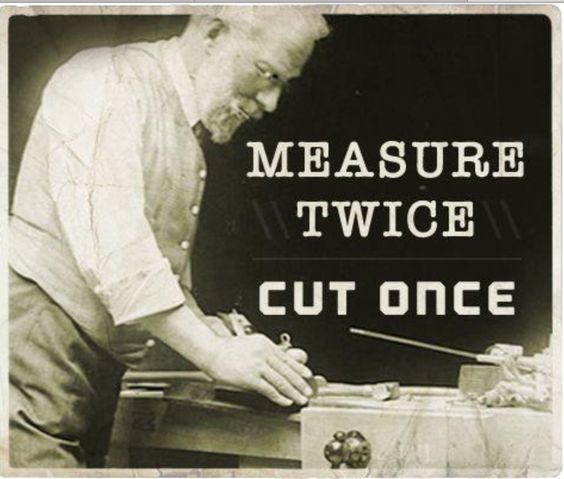
What gets measured gets improved. Three core questions drive continuous improvement: How are we doing? How can we make it better? What if?
For leaders to sustain the right changes, they need to move up an analytics hierarchy from information and reports (What happened?) to analysis and alerts (What actions are needed?) to insights and predictions (What will likely happen next?). Too often, however, leaders measure what is easy and not what is right. Right measures align with strategy and turn strategy into concrete, specific indicators that can be tracked. Right measures focus on the future with the information about predicting what will happen and with insights about what works best in a particular setting.
Leaders can use an array of nonfinancial rewards as positive and negative consequences for employees who meet or miss standards. Alfie Kohn, who claims that financial rewards don’t work, encourages leaders to use choice (i.e., give employees choices about what they do and how to do it), collaboration (i.e., create teams to have a positive social setting), and content (i.e., the five dimensions just listed). Bob Nelson has captured numerous ways to reward employees outside traditional financial incentives in his 1001 Ways books.
Melioration
So far, we have learned five of seven disciplines that leaders must develop to sustain what they start: They need to find simplicity in complexity, ensure sequence and timing, demand individual and organization accountability, take advantage of internal and external resources to support their efforts, and keep track to ensure progress in the right direction.
Melioration comes from the Latin melioratus, meaning “improved” or “strengthened.” For leaders to sustain desired changes, they have to meliorate, or improve, build on strengths, and learn.
To understand this, consider two groups wanting to cross a river. The first group (call them planners) doesn’t take the first step until it has specified its precise destination on the other bank and has identified each rock group members will step on to reach the destination. The second group (call them pioneers) looks across the river to a direction (not destination) and finds the first few rocks its members will step on and get started. The group has a gap between the rocks it sees that its members can step on and the other side, but it moves ahead anyway, confident that it will discover what it needs along the way.
Leaders who sustain change do the same. They often do not know exactly what the precise end state will be, but once they have enough clarity of direction, they can take the first steps and then meliorate—that is, improve, learn, and get better along the way. In the leadership field, this is often called learning agility. Learning agility has been seen as one of the single biggest personal predictors of leadership success. Those with learning agility think quickly, take the initiative, ask questions, make fresh connections, think broadly, and know their personal strengths and weaknesses.
Consider these leadership tips:
(1) Think big. By thinking big, leaders want to get the largest upside possible. What is the potential of what I want to get done?
(2) Test small. By testing small, leaders run pilots rather than taking big risks. Where can we test this potential with the smallest risk?
(3) Fail fast. By failing fast, leaders learn how the idea, product, or initiative might or might not meet its potential. What are the criteria for success, and how do we encourage success and learn from failure?
(4) Learn always. By constantly staying open to learning, leaders have a mind-set of continuous improvement with both successes and failures. What worked and did not work, and how can we learn from it?
During stressful times, one of the most effective ways to relax and learn is to engage in self-reflection. At his trial for heresy, Socrates said, “The unexamined life is not worth living.”
Self-reflection allows leaders to meliorate. This process also enables them to sustain change because they possess a mind-set of constant learning.
In French, the word for resilience is rebounder, or “to bounce back.” Resilient leaders bounce back when things go wrong rather than becoming discouraged and giving up.
Emotion
Many people are leery of emotion and inclined to act as though life would be better if only they and those around them could act with perfect rationality. Emotions energize, focus, and magnify behavior.
Emotional intelligence is when we are self-aware of our emotions and how they affect others. Emotional well-being is when we know how to shape our circumstances to enhance our emotional energy.
It is estimated that as much as 80 percent of decisions are made by emotion, yet when they hope to improve their decisions, leaders tend to focus more on knowledge than on feelings.
There are six principles of emotion, each of which leads to a personal question leaders can answer to increase their emotional commitment to sustain personal change:
(1) Have clear reasons. Why do I want to lead?
(2) Identify energy enhancers. What gives me emotional energy and well-being?
(3) Connect change with personal values. How do the leadership changes I want to make tie to what I believe?
(4) Connect change with organizational purpose. How do I tie my leadership changes to what we need to accomplish?
(5) Recognize my impact. How do my leadership changes affect others?
(6) Celebrate success. How do we communicate and celebrate our accomplishments?
One of the ultimate tests of leadership is what happens after the leader departs. Good leaders leave something behind. Leaders can often take pride in having established something that endures beyond their tenure. Leaders have to have an emotional (and often irrational) sense of their identity as leaders for them to sustain their energy and enthusiasm.
Ask yourself, “Why do you want to improve as a leader?” The answer to this question should be more emotional than intellectual. Ask yourself, “What gives me emotional energy and well-being?” Think about the last time you woke up early in the morning excited about work.
For leadership change to be sustained, it needs to touch the heart as well as the head. This means that the desired changes should be connected with personal values. Leaders who make change from the heart bring a passion and energy that is beyond a scorecard to a personal cause.
Ask yourself, “How do I tie my leadership changes to what we need to accomplish as an organization?” Tying actions to personal values helps to make them sustainable, but actions also can be tied to higher organization purposes. In mission-driven organizations, leaders find it exciting to use the shared mission to encourage and sustain leadership change.
A compelling purpose increases productivity 5 to 10 percent because people have an emotional commitment to their work. These “firms of endearment” create a share of heart that helps deliver emotional and social value and that helps leaders sustain the changes they desire.
Ask yourself, “How do my leadership changes affect others?” Leadership never occurs in isolation. Leading when you’re all alone is like clapping with one hand. Leadership has to occur through connecting with others.
Emotional bonding with others also helps leaders to sustain change because such bonds support leaders when things go wrong. During times of stress, emotional connections mean more than transactional connections. Doris Goodwin Kearns studied the unique leadership style of the renowned American president Abraham Lincoln. He had a knack for gaining emotional support not only from his allies but also from his enemies.
Leaders who want to sustain personal change in themselves and others can do so more effectively through public celebrations. These celebrations acknowledge and reinforce progress and signal what matters most. These celebrations have emotional appeal. Successful celebrations are more likely to sustain change when they are public, immediate, and meaningful. A celebration builds emotional commitment and helps to sustain a desired change.
When change shifts from the head to the heart, it is more likely to be sustained because people genuinely care about it.
Conclusion
Each generation of leaders also can improve on the past by adapting the seven disciplines and principles synthesized in this book. Leadership sustainability occurs when leaders accept why they need to improve, recognize what they need to improve, and figure out how to make the improvements stick.
To be effective as a leader, you need to pay attention to both the leadership code, or basics of leadership (i.e., strategy, execution, talent management, human capital development, and personal proficiency), and the leadership brand, or how to behave to be consistent with your organization’s stakeholder expectations.
Three practices that encourage simplicity are prioritize, tell stories, and keep messages simple.
Ask yourself, “In the last day and week, what does my calendar say about me as a leader? Given what I would like to be known for, how would my calendar change to reflect that reputation?”
Sustainable leaders are responsible adults who take personal responsibility for their past and future behaviors. Leadership really is a team sport. You cannot lead in isolation, and you are unlikely to sustain your leadership improvements on your own.
Leaders who take personal responsibility to sustain their leadership improvements constantly ask the why, what, and how questions. They recognize that leadership matters, that success as a leader requires doing the right things, and that leadership has to show up in actions more than in rhetoric. Such leaders earn the allegiance of their people, have their trust, and gain their best efforts.
To build leadership capability in an organization, leaders need to share why leadership matters. They also need to help every leader take personal responsibility to improve.
Ulrich and Smallwood end their book with a challenge and a promise. As they put it, “We challenge you to not just read but also ponder, internalize, and apply these seven disciplines. We promise that if you do so, your leadership will move from rhetoric to results. Your personal brand will be about getting things done, and your leadership desires will be realized.”

![Simplicity is the ultimate sophistication. It takes a lot of hard work to make something simple, to truly understand the underlying challenges and come up with elegant solutions. [...] It's not just minimalism or the absence of clutter. It involves digging through the depth of complexity. To be truly simple, you have to go really deep. [...] You have to deeply understand the essence of a product in order to be able to get rid of the parts that are not essential. - Steve Jobs](http://www.azquotes.com/public/picture_quotes/e5/1f/e51ff210422395a22f17781618b34439/steve-jobs-1056602.jpg)
